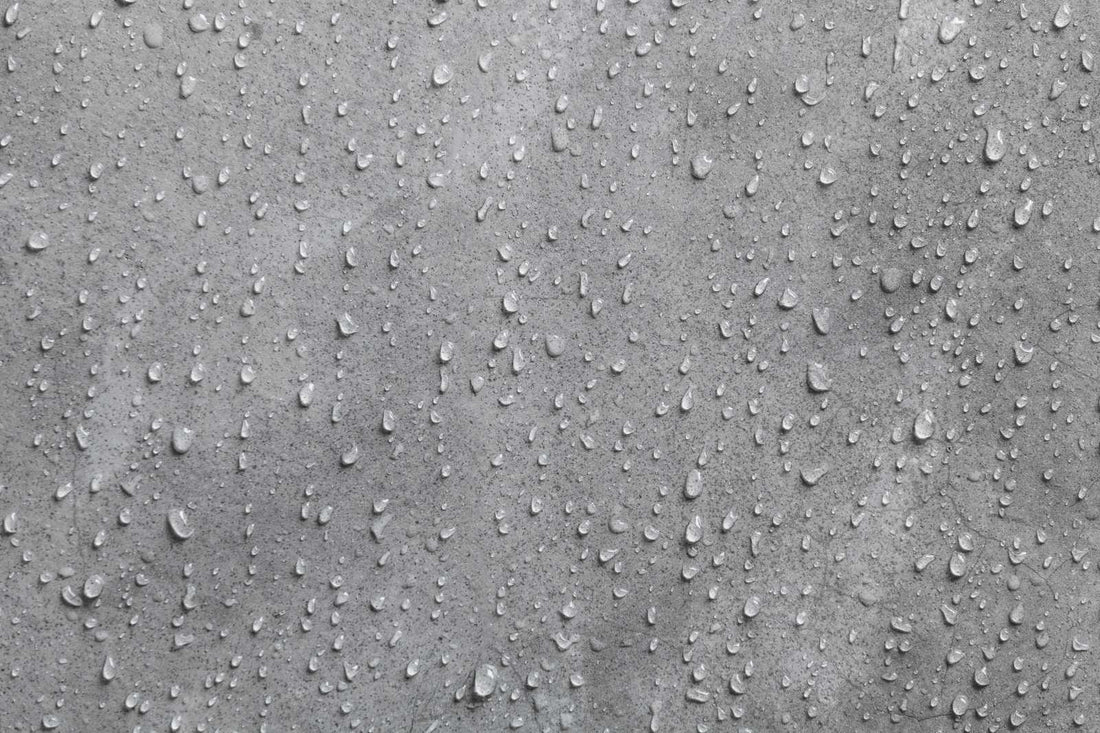It is important for civil engineers and structural engineers to have an in-depth understanding of the permeability of concrete when making decisions regarding its use. Concrete is a versatile construction material, widely used in various construction projects due to its strength and durability. However, its permeability is also an important factor to be considered when assessing its suitability for a given project. This blog article provides an overview of concrete permeability and examines important aspects to consider when making structural decisions.
To understand the permeability of concrete, you must first understand what porosity is. Porosity is the presence of voids in a material. These cavities can be filled with air, water or other liquids. Concrete porosity is a measure of the voids in the material. Concrete permeability is a measure of how easily liquids can move through the material. The greater the porosity of the concrete, the greater the permeability.
There can be several factors and situations that affect permeability.
- Water-cement ratio
- Concrete Compaction
- Type of aggregate
- Type of cement
- Concrete hardening
One of the main factors that affect the permeability of concrete is the type of aggregate used in the mix. Aggregate is the main filler material for concrete and is usually composed of coarse rock or gravel. Aggregate porosity affects concrete porosity. Coarser aggregates have larger voids and are more porous than fine aggregates. Therefore, they can increase permeability.


The type of cement used in mixing concrete also affects its permeability. Cement is a binding agent that helps hold aggregates together. The type of cement used can increase or decrease the porosity of the concrete. For example, Portland cement is a type of cement commonly used in concrete mixes. It is made of limestone and clay.
The limestone is finely ground and the clay is mixed with water until it forms a paste. The paste is then burned in a kiln to make Portland cement. When limestone is burned, carbon dioxide gas is produced. This gas escapes from the cement as it solidifies and hardens, leaving behind tiny pores. This makes Portland cement more porous than other types of cement and can increase the permeability of concrete.
To further increase the permeability of concrete, the addition of additives such as fly ash or silica fume can be effective. Fly ash is a byproduct of coal combustion and is often used as an additive in concrete. It increases the porosity of concrete, which in turn increases its permeability. Silica fume is another type of additive that can be added to concrete. It is a byproduct of the production of silicon and ferrosilicon alloys. Like fly ash, it increases the porosity of concrete and, therefore, its permeability.
When deciding whether or not to use concrete in a given project, permeability must be carefully considered. The permeability of concrete can be influenced by the type of aggregate used, the type of cement used and the addition of additives. These factors must be considered to determine whether or not concrete is the right choice for the project.

